History
The town of Śródka was named in honour of its weekly Wednesday market ('Środa' means 'Wednesday' in Polish), and records suggest the small enclave had urban features and its own autonomous government as early as the mid-1200s. The presence of Dominican monks, along with the regular market, gave Śródka prominence in the area, which unfortunately didn’t last long; the monks picked up and moved across the Warta River, and Przemysł II (who subsequently became King of Poland) turned the city over to the control of the Bishopric in the 13th century. Suddenly reduced to the role of supplier to Ostrów Tumski, Śródka would continue to slide in prominence as the nearby city of Poznań grew. Śródka had a revitalisation of sorts in the 17th century when orders of Phillipines and Reformists swept in and established churches and residences in the city, yet Śródka was nonetheless absorbed into Poznań in 1800. During Prussian times the city was part of a fortified zone that didn’t improve its fate, nor did the regular occurrence of floods and fires. During World War II much of the city’s centre at Rynek Śródecki (the location around St. Margaret’s Church) was destroyed, and the arrival of the PRL, which slapped a garish highway across the Archbishop’s gardens and Ostrów Tumski, didn’t improve the area either. But much like Ostrówek, Śródka is slowly experiencing a noticeable revitalization.


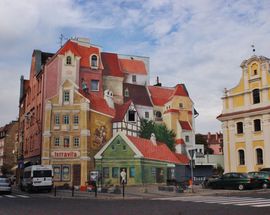
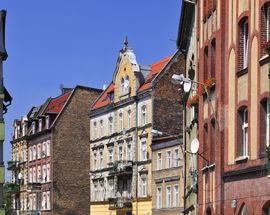
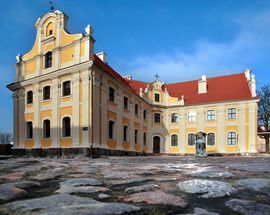
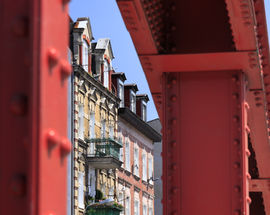
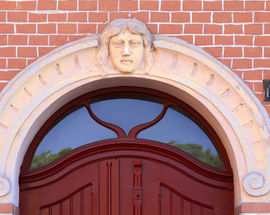
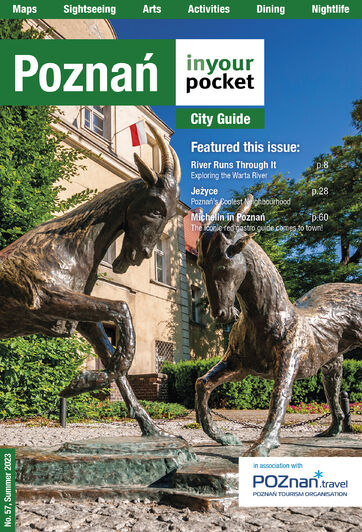
Comments